Editorial: Recent videos documenting police use of force highlight bystander accountability
Last Thursday, April 12, two black men were arrested in a Philadelphia Starbucks after an employee called the police claiming that the men were refusing to either make a purchase or leave. The men stated they were waiting to meet someone, who showed up while they were being arrested. The incident led to protests and calls for Starbucks boycotts both in Philadelphia and across social media.
The next evening, Friday, April 13, a black Harvard undergraduate student was forcibly arrested after officers tackled him to the ground and punched him several times in the stomach. The student was standing naked on a street corner, and police determined he had taken narcotics, which may have produced a hallucinogenic effect, prior to pinning him to the ground.
How did the public learn about these two isolated events? Through videos posted on social media. The fact that videos like these, taken by ordinary civilians, are making national headlines proves that systemic racism is still a problem in 21st century America, but it also demonstrates the power of the bystander and the fact that police are being held more accountable for their actions by everyday citizens.
This is not to say that the police force is entirely to blame or alone in its culpability – instances of implicit bias occur every day; the police are just under more public scrutiny. They also have to be more cautious about potential threats, in a climate where gun violence and terrorism are far too prevalent.
Regardless, it is notable that the public is holding itself responsible to call out implicit bias. In both videos, bystanders can be heard in the background. Video recorded during the Starbucks arrests shows the real estate developer, whom the two men were waiting for, pressing police for a reason for the men’s arrest, to which a woman in the background responds, “They didn’t do anything – I saw the entire thing.” During the Harvard arrest, a man can be heard yelling “I’ve got this recorded! I’m watching you punch him!”
These videos, and the audible commentaries therein, raise questions of public accountability for both the police and bystanders. Could bystanders have done more other than voice their opposition and record evidence? The answer is most likely not, unless they wanted to risk being arrested themselves. Should the police take cues from public outcry in the midst of such events, or continue to carry out orders they were given? These questions are fraught with complications, but the fact that we can ask them can be considered a sign of progress, however trivial it may seem.
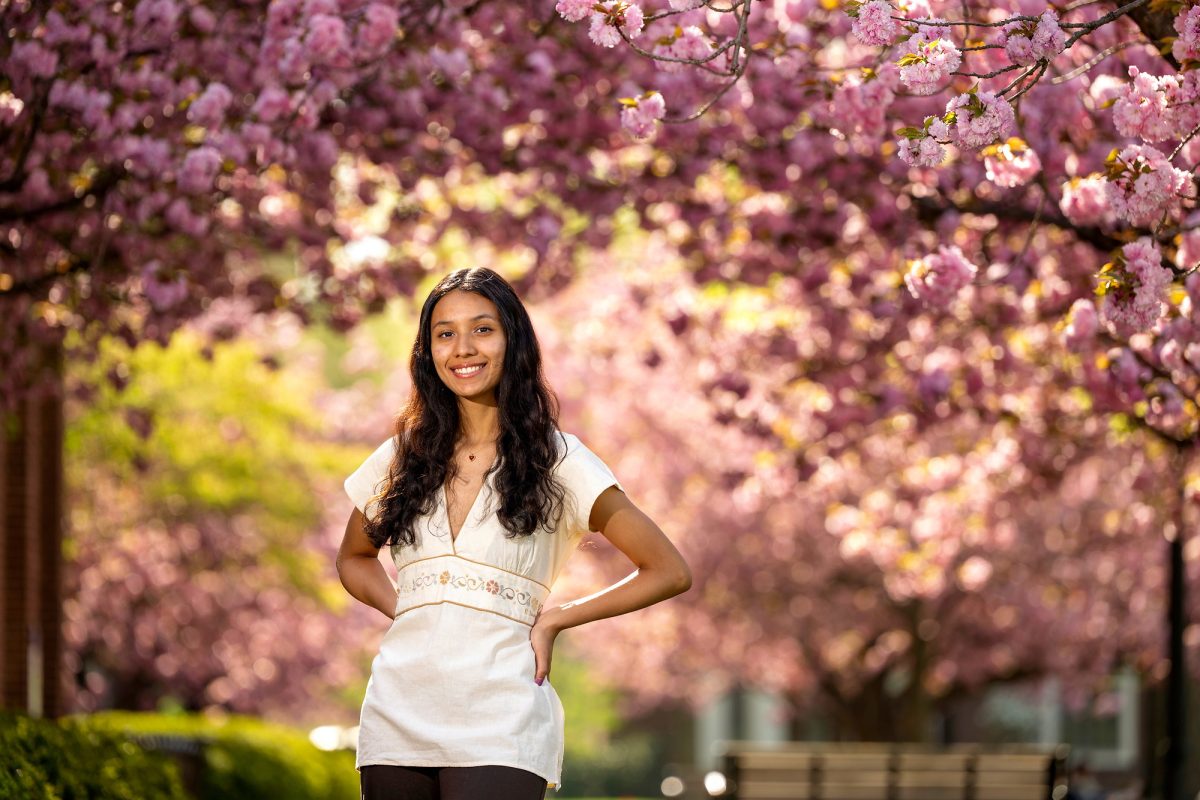
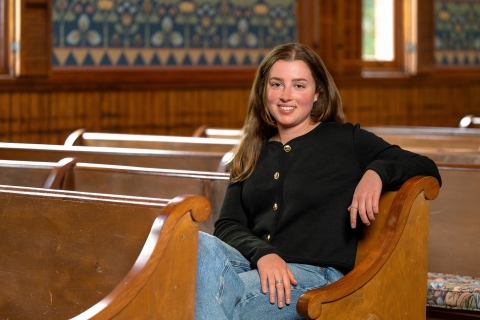

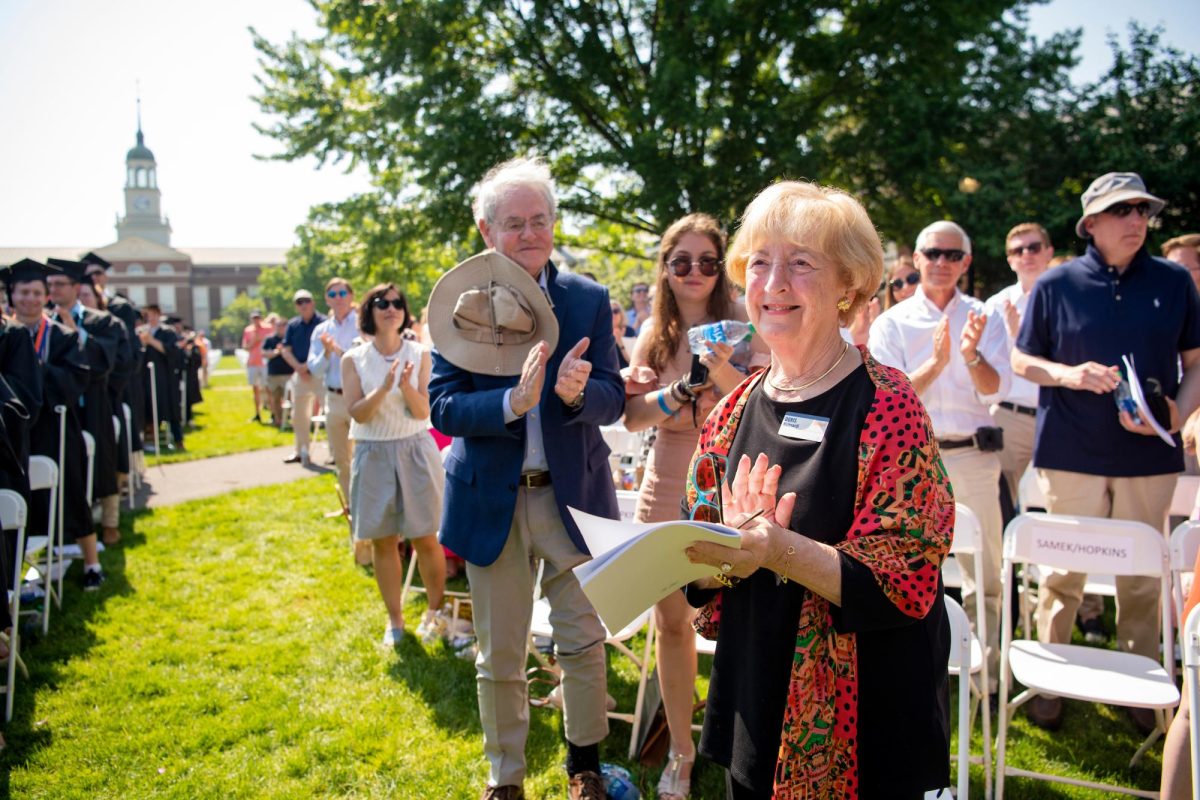




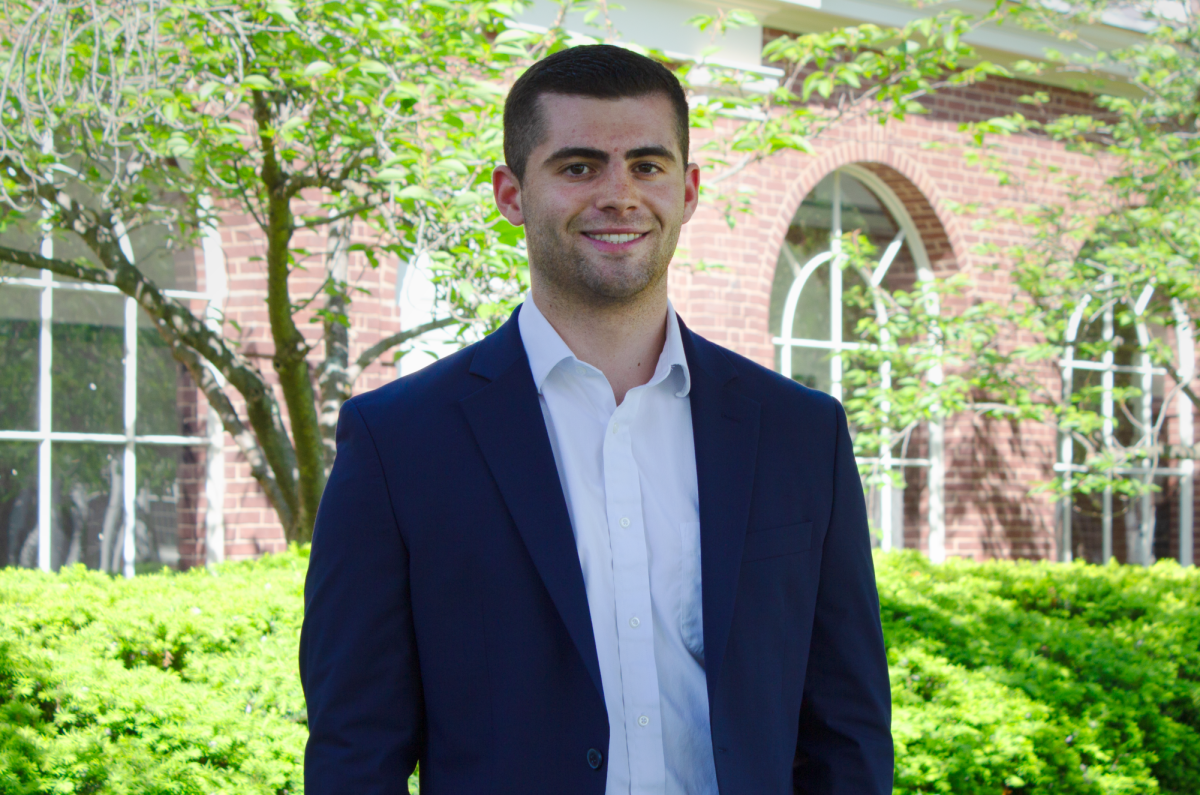








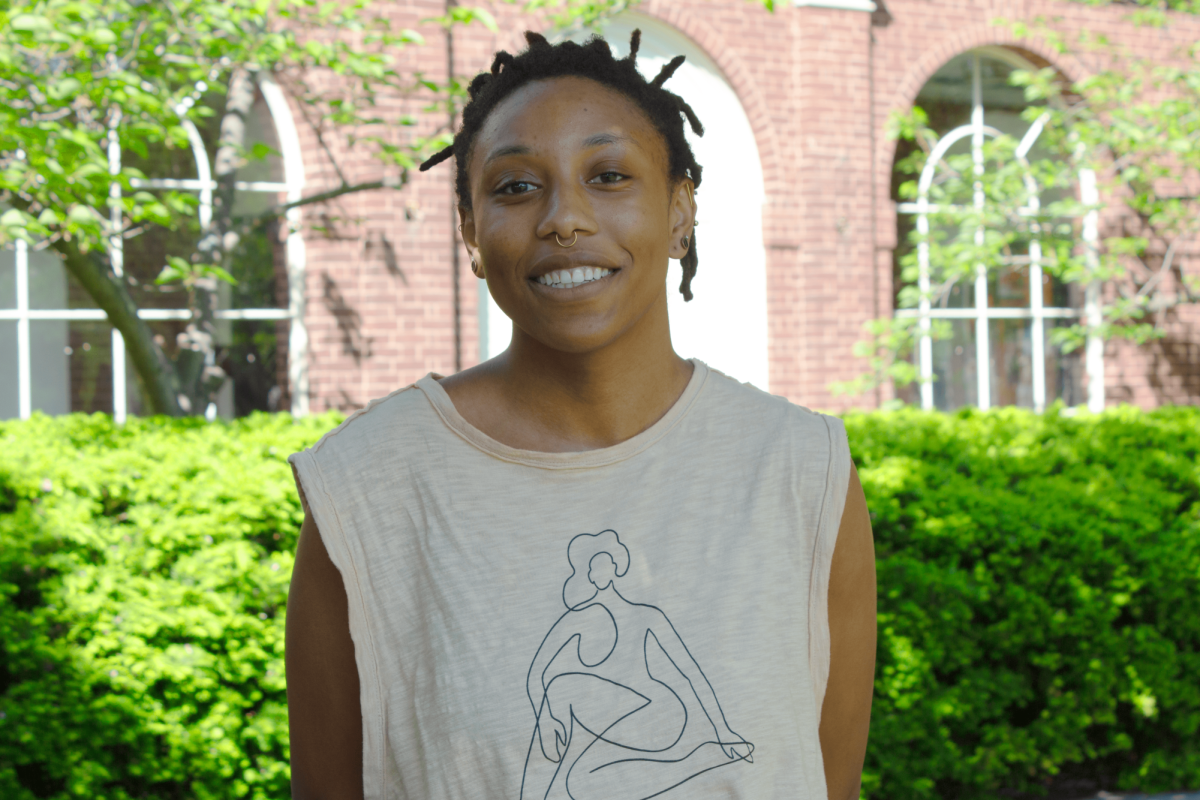


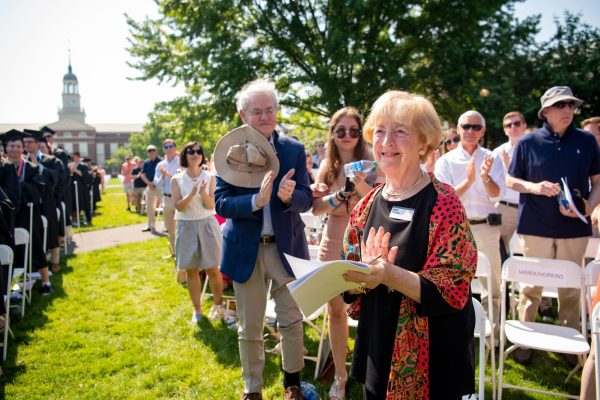
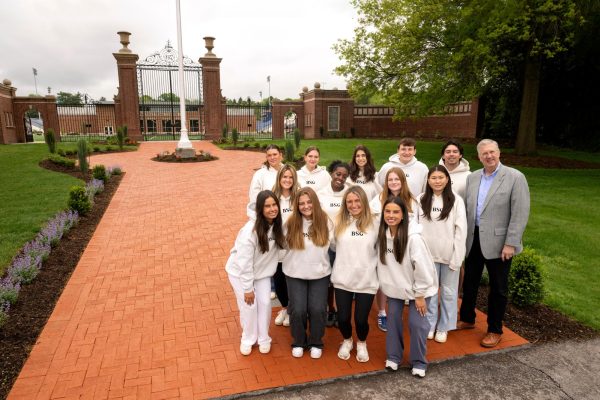
Man with the axe • Apr 20, 2018 at 12:28 am
Sometimes the public recording of police activity has positive consequences, but often the opposite is true. Too often it is only the end of an incident that is recorded, neglecting the events that precipitated the police action.
In the Starbucks case you discuss it is likely, based on all the evidence, including statements about the character of the store manager, it is more likely than not that the two black men came in, sat down without ordering, taking up a table in a busy place, and when asked to buy something or leave refused.
Now, I can’t imagine acting like that, as if I owned the place. Were they so poor, these supposed real estate professionals, that they could not afford a cup of regular coffee as they price of waiting in a business establishment and taking up a table? Where do people get that feeling of entitlement?
They absolutely deserved to be thrown out, and as they would not even obey the police order to leave they deserve to be arrested. They were exercising their black privilege, that is, the privilege to be jerks and still have all the blacks and liberals take their side.
Of course, the crazed Harvard student was running around naked assaulting women, and he resisted arrest and fought, refusing to be subdued. And people complain that the police used some force to subdue him? Absurd.